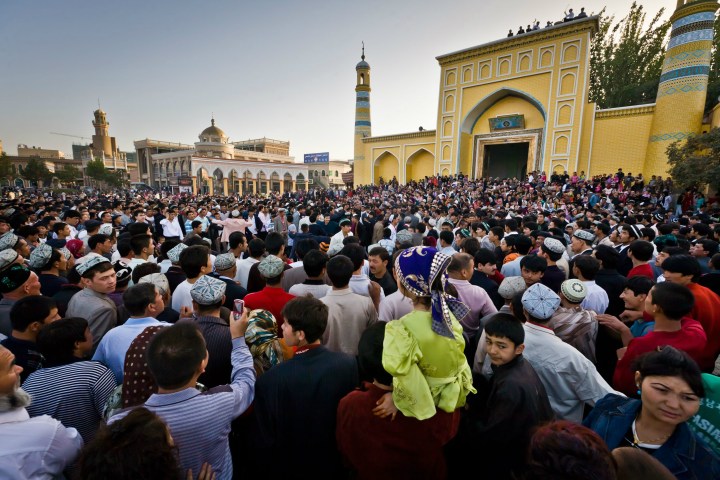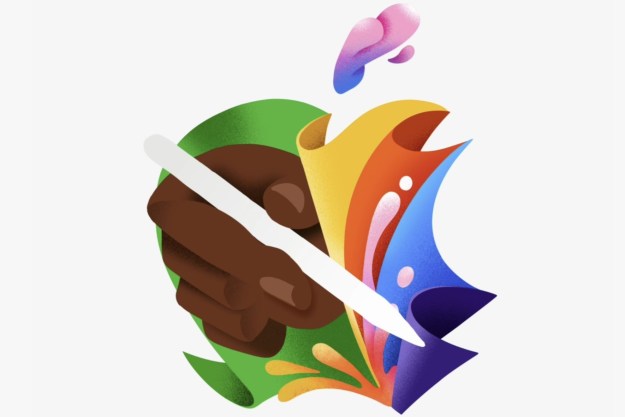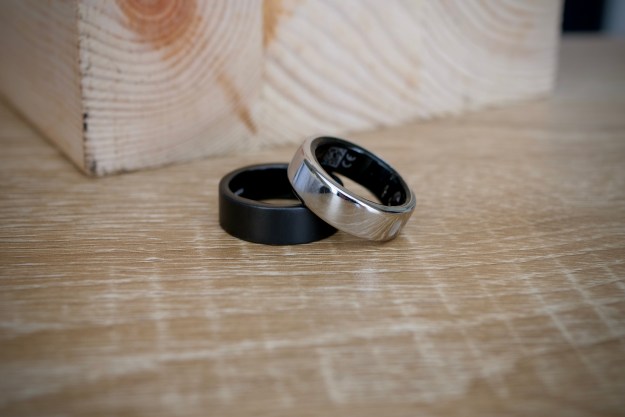
In a paper titled “Early Warning of Human Crowds Based on Query Data from Baidu Map: Analysis Based on Shanghai Stampede,” three Baidu researchers based in Beijing lay out an approach to using big data to give early warnings about potential crowd disasters 1-3 hours in advance. This data is already used by Chinese city planners to help them place transportation, facilities, and shops, according to MIT Technology Review. Now it can be used in the interest of public safety, the researchers assert.
The traditional method of crowd monitoring relies on video sensor and computer vision technology. However, this approach is vulnerable to oversensitivity to noise, a limited rollout of video sensors, and short lead times for warnings. The Baidu researchers propose a new approach that uses map query data (date, time, and destination) and positioning data (date, time, and geographical position). A machine-learning system would analyze these two inputs to determine when a potentially dangerous number of people will gather in a specific location and warn authorities about these circumstances.
This crowd-monitoring technology can be baked into Baidu’s map service, which already feature heat maps displaying people’s movements, according to MIT Technology Review.
The users whose data would be used in this crowd-monitoring approach are anonymous, according to the researchers. Nevertheless, it doesn’t take too much imagination to ponder ways this information can be abused — for instance, to quell protests and unrest.
“I think the interesting question is the trade-off between community safety and individual privacy or government control,” Sandy Pentland, a professor at MIT’s Media Lab, told MIT Technology Review. “In our data many of the spontaneous crowd events turned out to be protests and riots. Given that we can predict such events, will the government try to suppress political expression?”
The Baidu researchers point to a specific example where their approach could have saved lives: a deadly stampede in Shanghai on December 31, 2014, which killed 36 people and injured 49. The fatal stampede near Mecca that killed more than 2,400 people by some counts offers another situation that would have benefited from an early warning system like the ones the Baidu researchers propose.


